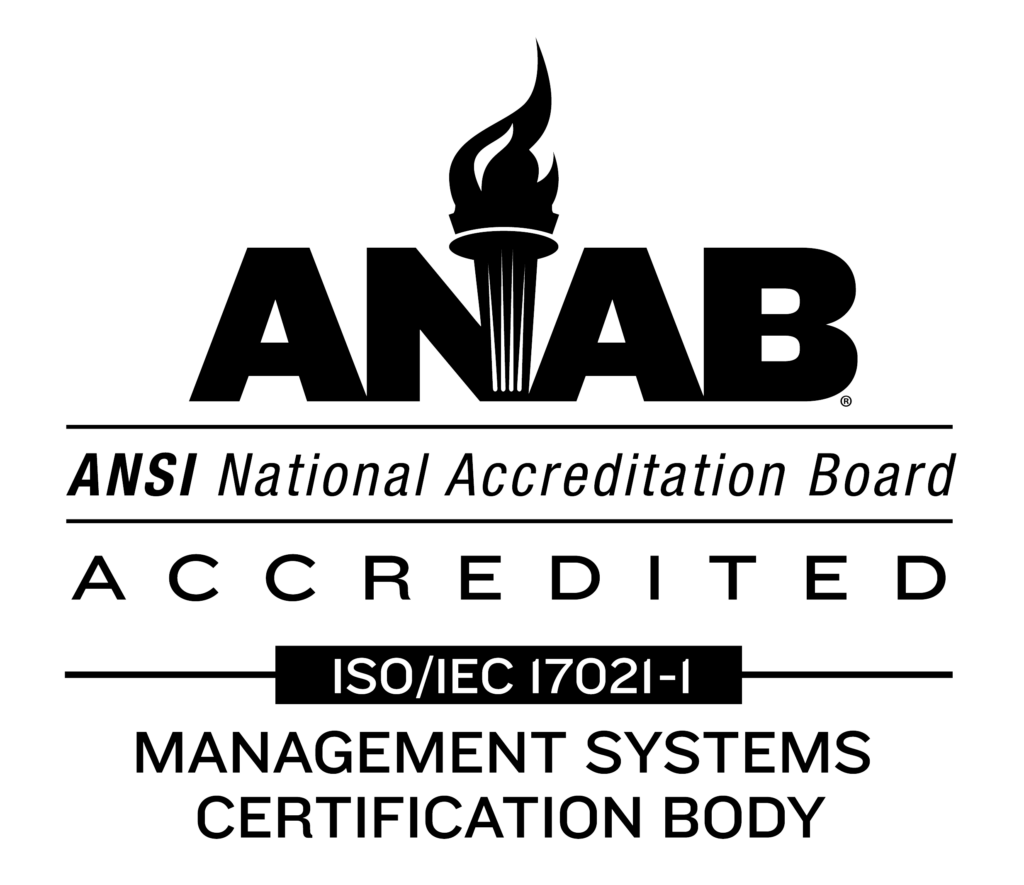Few industries can claim such a foundational impact on the United States as the manufacturing industry. Modern manufacturing began with the birth of the assembly line and the transformational effect it had on the automobile industry. Companies then adopted that approach to product manufacturing and logistics. The early phases of the next generation of manufacturing appeared as machine-to-machine (M2M) communication, a forbearer of the concept behind the Internet of Things (IoT). Eventually, IoT became so broad that specific designations were needed to differentiate between the consumer and industrial side of things, thus paving the way for the Industrial IoT (IIoT).
Today, manufacturing companies, while often on the leading edge of automation technology, are still scrambling to adapt to the explosion of sensors, communication platforms, big data and high-speed analytics to maximize efficiency and future-proof their products or designs. Some companies are touting the idea of retrofitting – a concept that has existed for some time – but some plant engineers may be wary of the need for continual updating to a system that is bound to become irrelevant at some point. Still, the process can be relatively painless, and is quickly becoming necessary, as Plant Magazine notes:
… Most food manufacturing and processing plants have motors powering essential equipment such as mixers, conveyors and packaging machines. But they’re just motors. They don’t play in the same league as other intelligent devices. With years of service to go, it’s difficult for plant managers to justify replacing motors that work just to make an upgrade with smart features. But motors can connect to the IIoT without a complete overhaul. Instead of investing in new, more intelligent/smart equipment, consider investing in sensors that provide similar functionality to connected devices. Smart sensors attach to almost any standard low-voltage induction motor.
Sensor technology is sophisticated enough to be small, functional and energy efficient. For certain kinds of manufacturing plants, a complete overhaul may not be necessary, and a ‘simple’ retrofitting process might easily solve the first part of the problem.
The second part of the problem, or challenge, is that along with smart hardware, plants also need the software and data processing capabilities to keep pace. Some plant engineers are solving these challenges by deploying programmable radios capable of hosting third-party applications so that the data can be transmitted in smaller, highly specific packets, making the transport both fast and easier to push into predictive analytics platforms.
From there, software companies are building in the ability to process data in the cloud, essentially running all critical data and software operations through either a fog or cloud computing process. Cloud software services have the potential to be highly customizable based on the needs of the manufacturing plant.
These technologies are good examples of the ongoing convergence between traditional information technology (IT) and operations technology (OT) needs in industrial markets. Currently, the manufacturing industry is sitting in an interesting spot: leaders in the M2M world, but still adapting to the IoT world. Where the industry ends up in the next 10 years could be a strong indicator of the economic and financial temperature of the domestic and international marketplaces.





